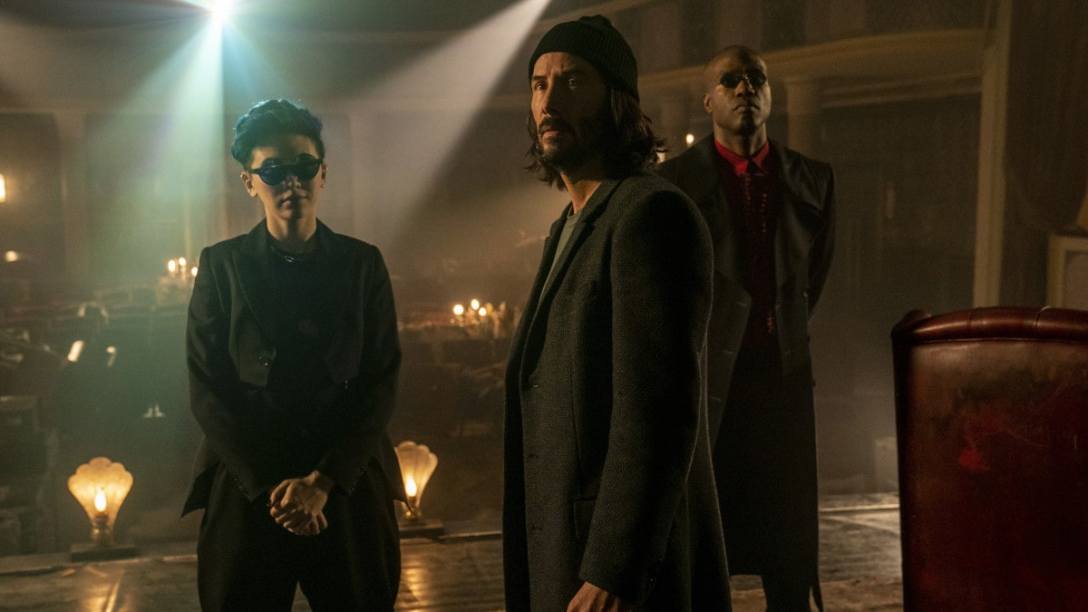Ben McDonald: With the gradual return of film festivals and the prospect of theaters becoming somewhat safe again, we thought that we’d take this October to talk about an exciting new release for a change (as a sidenote, please only go to a theater if you are vaccinated and feel comfortable doing so). The film we’re tackling this month is the 2021 Palme d’Or winner, Julia Ducournau‘s Titane. Titane is only the second film by Julia Ducournau, but she’s already made a huge name for herself with Titane and her first feature Raw, a twisted coming-of-age film about a vegetarian veterinarian student who realizes she has a taste for human flesh. Titane contains a lot of the same DNA as Raw, continuing Ducournau’s uniquely uncomfortable blend of grotesque body horror and tender family drama.
Broadly speaking, Titane follows a young woman named Alexia (played by Agathe Rousselle), who begins the movie as an exotic dancer who performs at car shows. We learn in the film’s brief pre-titlecard prologue that she got into a terrible car accident as a child after she distracted her dad while he was driving. The accident left her with a titanium plate in her skull and a strange, at times graphically sexual, affinity for cars. We open the film on one of her performances, in what is sure to be my single favorite movie moment of the year. Ducournau frames our introduction to Alexia in a single continuous take, tracking her as she walks across the car show and then panning up to her on a flame-painted Cadillac as she dances suggestively upon its hood to the tune of ‘Doing It To Death’ by The Kills. I gotta say, I was completely floored by this opening. I’m not sure if it was just the fact that it was the second time I’ve gone to the theater since COVID started, but the intoxicating assertiveness with which Ducournau executes this single take (not to mention the ridiculously amazing physical performance by Rousselle) made me strangely emotional the first time I saw it. It was just so refreshing and magical to see something so daring and cinematic on the big screen after all this time away.
But anyway, if it’s not obvious already, I adore this film. I’m very eager to hear your first reactions, Nick. What do you make of Titane?
Nick Davie: Firstly, let me say, Ben, you have brilliantly introduced the film; Ducournau has followed the powerful Raw with, in my opinion, a better film in Titane. The French director already feels so accomplished in her filmmaking, and Raw was enough to pique global interest in a welcomed injection of fresh ideas into body-horror genre film. I managed to catch a special presentation of the film at the London Film Festival, but I read your review Ben, which echoes many of my early reactions to the film. Despite reading your review and other early features of the film, I went into this without knowing what to expect. It is an entirely original project, and it continues Ducournau’s exploration of family dynamics in such a darkly humorous way, again. Whilst there is a good deal of stark and contrasting violence on display, the focus on such feels unwarranted; the true shock power of Titane is within its exploration of sexual boundaries in family units and with inanimate objects – cars.
Without littering spoilers throughout this discussion, I left the screening thinking, “I thought I had seen everything! I was wrong!.” Though we have been desensitized somewhat by the masterworks of Cronenberg, Carpenter, and company, Ducournau slickly throws something undoubtedly unique at audiences. In particular, body horror’s examination of identity is worked brilliantly into Titane, the transition and transgression through gender and sexuality. Themes that we have witnessed explored countless times, but here again, with Ducournau’s twisted humour, it shocks but is held well intact by the surreal laughs. In splitting the film into two halves, the first half establishes the eager turns to jump out at you with a metallic chopstick hairpin in hand; the second displays a narrative evolution. The shift in gears to a tender, emotionally vulnerable story of loss, love, and birth is the integral structure of the film.
In your review, you mentioned a recent Q&A with Ducournau and her explanation that her work will not provide existentialist ease but rather keep asking questions; I can happily say I am pleased she will continue asking questions! Though there have been obvious comparisons to Cronenberg, be it through Crash or just in a general horror genre sense, do you see any other comparisons with Ducournau or Titane to others, Ben? This film will sit with me for a good while. Have you viewed the film since your strong review? And if so, has anything else revealed itself to you? There are so many layers of Titane to unpeel.
LINK TO FULL ARTICLE – CINECCENTRIC









